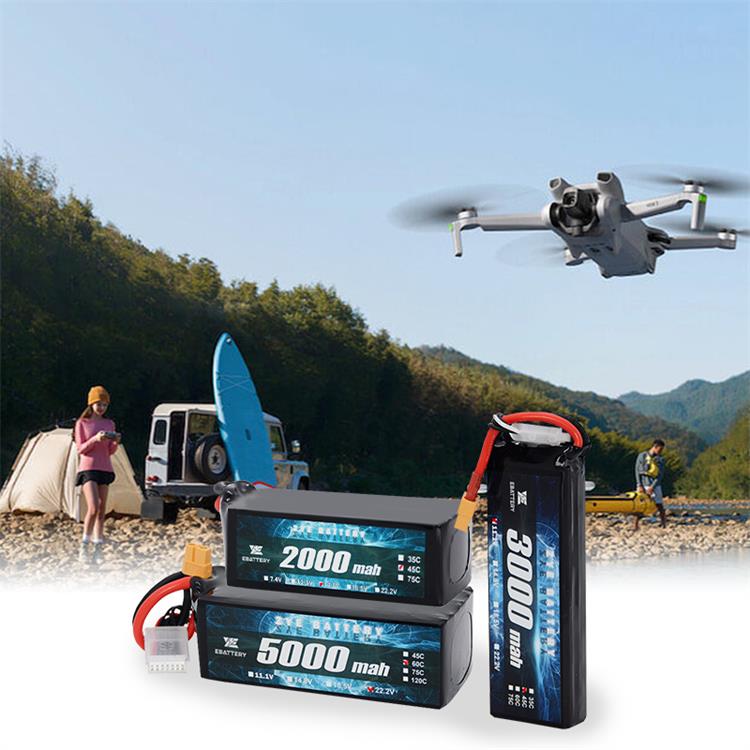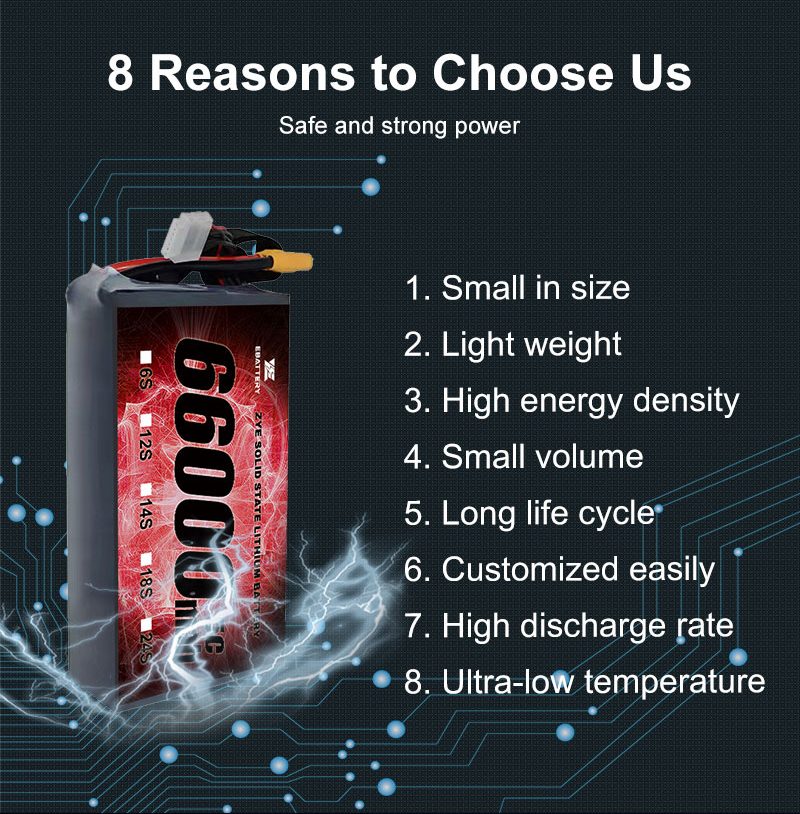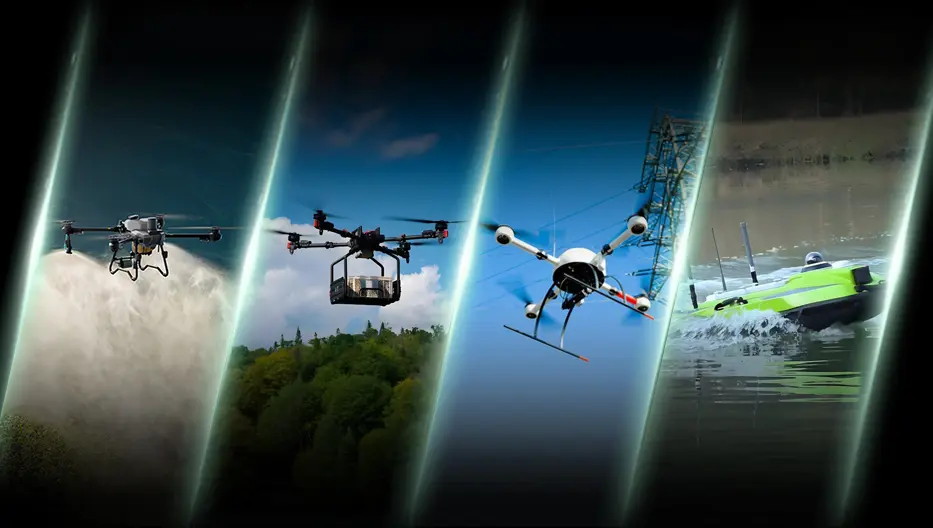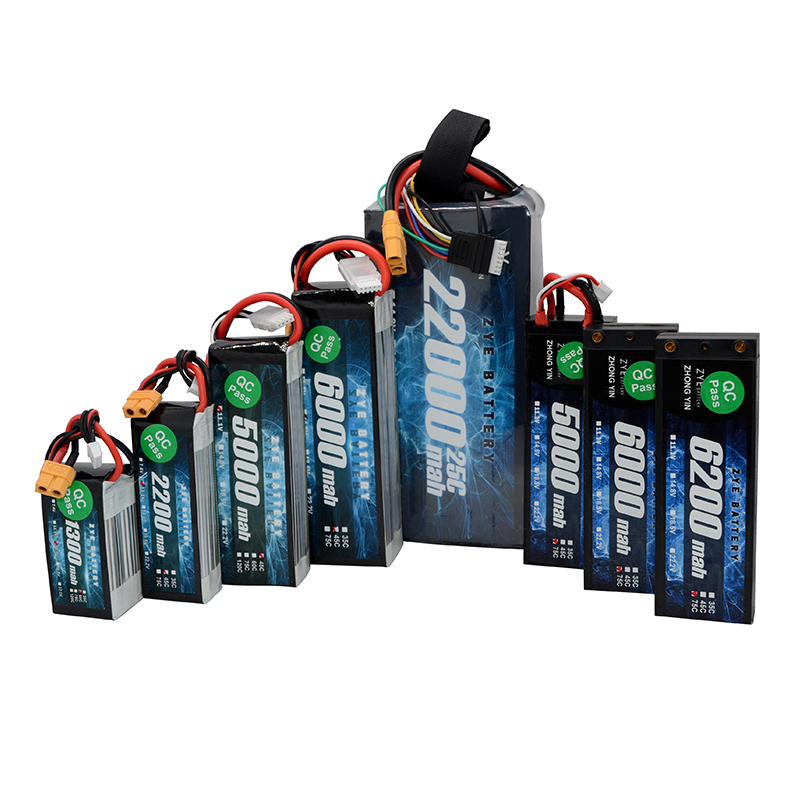What are the factors to choose a drone battery?
2025-08-13
Drones have revolutionized industries from photography to agriculture, but their performance—especially flight time and reliability—hinges on one critical component: drone-battery.
Whether you’re a hobbyist flying a mini drone or a professional using a high-performance model, selecting the right battery requires careful consideration of key technical factors. This guide breaks down everything you need to know to choose the perfect drone battery.

Key factors to consider when selecting a drone battery
Understand Your Drone’s Requirements
Voltage and cell count
Batteries for drones typically come in various voltage configurations, commonly referred to as "S" ratings. The "S" stands for the number of cells connected in series. Each cell has a nominal voltage of 3.7V.
Higher voltage batteries generally provide more power and speed but may require compatible electronic speed controllers (ESCs) and motors.
Battery Capacity: Balancing Flight Time and Weight
Battery capacity is measured in milliamp-hours (mAh). A higher capacity means longer flight times but also increased weight. Finding the right balance between capacity and weight is essential for optimal performance.
Battery weight directly impacts your drone's flight characteristics. Heavier batteries provide longer flight times but may reduce agility and responsiveness. Lighter batteries offer improved maneuverability but shorter flight durations.
Discharge Rate (C-Rating): Ensuring Power on Demand
The C-rating indicates how quickly a battery can safely discharge its stored energy. A higher C-rating allows for more power output, which is particularly important for racing drones or those requiring rapid acceleration.
Comparing LiPo vs LiHV drone-battery
Two popular battery types for drones are Lithium Polymer (LiPo) and Lithium High Voltage (LiHV). Let's compare these options to help you determine which is best for your needs.
LiPo batteries are the most common type used in drones. They offer a good balance of performance, weight, and cost.
LiHV batteries are a newer technology that offers higher voltage per cell, typically 4.35V compared to 4.2V for standard LiPo batteries.

Connector type
Ensure the battery connector matches your drone's power distribution board. Common connector types include XT60, XT30, and AS150.
Additional Features to Consider
Cycle Life: A good LiPo battery lasts 500-800 charge cycles. Proper care (e.g., storing at 3.8V per cell, avoiding full discharge) can extend this.
Start with Spare Batteries: If you’re new, buy 2–3 batteries of the recommended to extend flight sessions without rushing.
Test and Monitor: Track flight time with each battery to learn how your drone performs. Use a battery voltage checker to avoid over-discharging.
Prioritize Safety: Never leave batteries charging unattended, store them in a fireproof bag, and dispose of swollen/damaged batteries properly.

Choosing the right drone-battery isn’t just about specs—it’s about matching your drone’s needs to your flying style. By balancing voltage, capacity, C-rating, and quality, you’ll ensure longer flights, better performance, and peace of mind.
For more information or to discuss your specific battery needs, please don't hesitate to contact us at coco@zyepower.com. Our team of experts is ready to help you find the perfect battery solution for your requirements.
























































